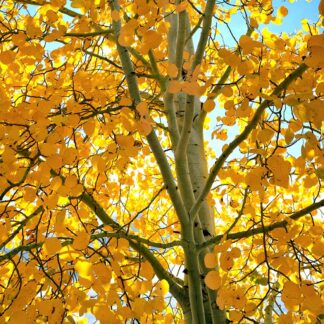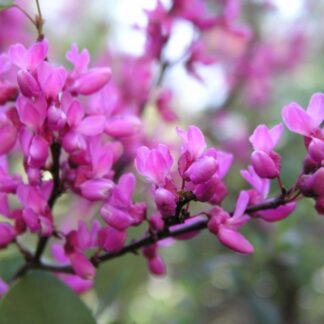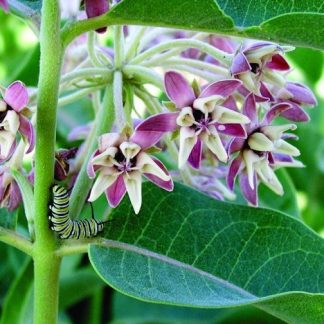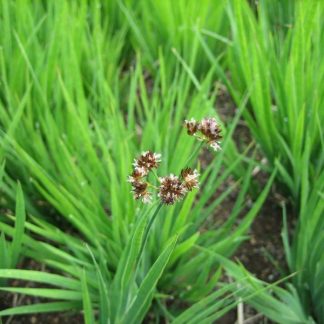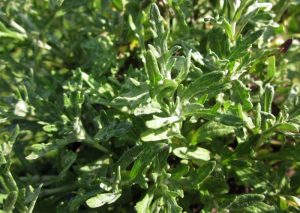 Eriophyllum lanatum, also known as Oregon sunshine or woolly sunflower is a widespread herbaceous perennial in the Asteraceae family. Native to much of western North America, Eriophyllum lanatum is most common in California, however it grows as far north as Vancouver, Canada. It can be found growing in dry open places and rocky bluffs from sea level to over 12,000 ft, although it is more common at low to mid elevations.
Eriophyllum lanatum, also known as Oregon sunshine or woolly sunflower is a widespread herbaceous perennial in the Asteraceae family. Native to much of western North America, Eriophyllum lanatum is most common in California, however it grows as far north as Vancouver, Canada. It can be found growing in dry open places and rocky bluffs from sea level to over 12,000 ft, although it is more common at low to mid elevations.
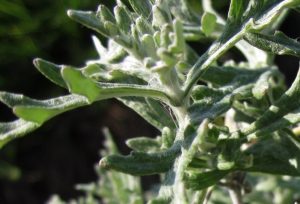
This perennial plant is a highly variable species, currently, there are over 12 varieties of this plant recognized. Woolly sunflower tends to grow from 3″ to 2′ in height depending on elevation and growing conditions. The flower head is a vivid golden yellow, borne on long single stalks, and can grow sometimes up to 2″ wide. The leaves of Eriophyllum lanatum are extremely variable. They can be alternate or opposite and narrowly lobed to almost entire. The leaves tend to be linear on the upper stems and pinnately lobed on the lower portion of the stem. Eriophyllum lanatum grows in well branched clumps.
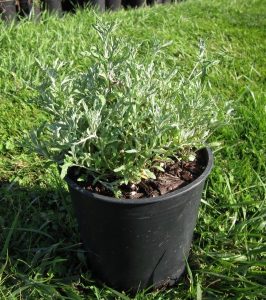 The words eriophyllum and lanatum both mean woolly. The stems and leaves of the plant are usually covered with woolly hair but some plants lack hair altogether. These hairs when present conserve water by reflecting heat and reducing air movement across the leaf surface. The hairs are also what give this plant a dusty gray color. The name woolly sunflower is often used to describe any of the members of the genus Eriophyllum. Lewis and Clark saw Eriophyllums growing above their camp on the Clearwater River near present day Kamiah, Idaho. They gathered two specimens on June 6th, 1806. Before this date, the species was previously unknown to science. Eriophyllum lanatum blooms from May to August and prefers full sun and well drained soil.
The words eriophyllum and lanatum both mean woolly. The stems and leaves of the plant are usually covered with woolly hair but some plants lack hair altogether. These hairs when present conserve water by reflecting heat and reducing air movement across the leaf surface. The hairs are also what give this plant a dusty gray color. The name woolly sunflower is often used to describe any of the members of the genus Eriophyllum. Lewis and Clark saw Eriophyllums growing above their camp on the Clearwater River near present day Kamiah, Idaho. They gathered two specimens on June 6th, 1806. Before this date, the species was previously unknown to science. Eriophyllum lanatum blooms from May to August and prefers full sun and well drained soil.

